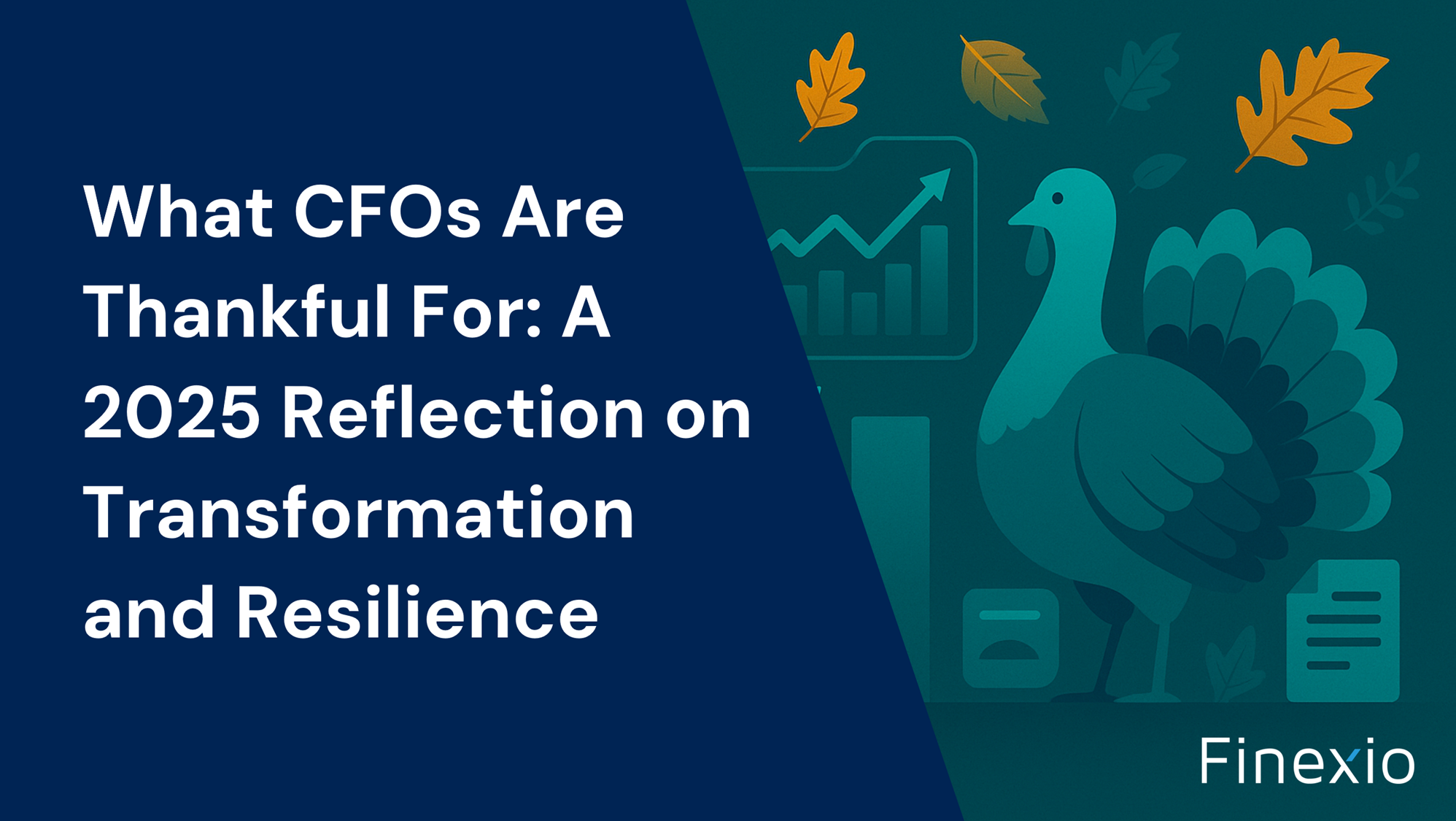A Closer Look at B2B AP Payment Automation


Introduction
B2B AP payment automation is about removing slow, manual steps from the payment process so finance teams can work faster and with fewer errors. Instead of paper checks and long approval chains, automation uses software to take care of routine tasks like matching invoices and triggering payments—without needing extra hands.
Why does that matter? As companies grow, so does the volume and complexity of their payables. And what worked with ten vendors doesn’t scale easily to hundreds. That’s where automation makes a big difference. It helps reduce delays, improves visibility, and keeps risk under control at the same time.
This article breaks down what’s changing in B2B AP payment automation, why it’s showing up on more CFO agendas heading into Q4, and how finance leaders can think more strategically about upgrades to their own AP process.
Rethinking Manual AP Processes
Manual AP systems rely on people pushing paper, forwarding emails for approval, and comparing spreadsheets to find errors. It’s easy to lose track of things when one person updates the ledger, another cuts a check, and a third chases signatures. These systems aren’t just slow—they make it hard to spot issues until they’re already problems.
For instance, a delayed approval can lead to a late payment. That kind of hiccup can cause friction with suppliers, especially near the end of the year when everyone is closing books. Missed early payment discounts and duplicate entries are other common results of too many hands and not enough coordination.
This becomes more stressful during peak financial times like year-end planning or quarterly audits. Teams don’t just deal with more invoices, they also face more pressure to close books quickly and cleanly. During those times, gaps in the process show up clearly. Without automation in place, mistakes creep in, approvers fall behind, and finance gets stuck reacting instead of steering.
What Automation Really Improves
Good automation doesn’t replace people—it gives them space to think. Software can take over the heavy lifting on tasks like invoice sorting, payment scheduling, and basic error checks. The result is a smoother path from invoice received to vendor paid.
When things flow predictably, teams don’t waste as much time on manual reviews or double-checking numbers. That shift adds up. People spend less time keying in data or asking for payment statuses, and more time reviewing reports or planning ahead.
With B2B AP payment automation in place, companies gain reliable, repeatable payment flows. It’s easier to track what’s pending, what’s approved, and what’s already paid, which means fewer last-minute surprises. This kind of predictability becomes essential as companies deal with an increasing number of vendors or grow through acquisitions. AP teams no longer have to hold everything together with spreadsheets and email reminders—they can focus on what actually needs attention.
Modern automation platforms also integrate embedded payments, supplier management, and AI-powered anomaly detection, boosting both productivity and error prevention.
Linking AP to Larger Business Goals
Automated AP doesn’t just improve busywork. It gives finance better data, faster. That means forecasts are based on real-time payment activity, not best guesses. When a CFO asks where spend is trending before finalizing next quarter’s plan, AP data can support the answer.
The ripple effect reaches past finance. Procurement, operations, and accounting all benefit from the same shared view. Instead of patching together updates from different systems, each team taps into the same payment truth. This makes it easier to align spend with project deadlines, vendor timelines, and bigger company goals.
Automation also brings structure that supports audits and strategic reviews. It’s easier to pull a full history of who approved what and when. That kind of accountability becomes increasingly important as leadership teams or outside stakeholders expect more transparency around spend. Fast-growing organizations can’t afford to question their own numbers every time a major decision comes up.
Advanced B2B AP payment automation provides dashboards, live reports, and audit trails that help align finance strategy and execution.
Keeping Risk in Check Without Holding Back Payments
Payables may seem routine, but they can bring real risk when not handled carefully. Sending a high-value payment to the wrong account or approving an invoice without proper review can turn into serious financial problems. More volume often means more exposure, which is why process confidence matters.
Automation makes that easier. By using AI-based checks and routing rules, suspicious details can be flagged before a payment goes out. Maybe a vendor changed banking details without notice, or an invoice doesn’t match the purchase order. These are things software can spot quickly and send back for further review.
Structured workflows don’t mean giving up flexibility—they help maintain speed without skipping checks. For finance teams under pressure to pay fast and keep vendors happy, this matters. With the right guardrails, vendors still get paid promptly, but approvals are documented and risky patterns are easier to spot early, not after the fact.
Leading platforms now offer automated payment validation and layered approvals, dramatically reducing payment fraud and ensuring secure, on-time disbursements.
Signs It’s Time to Upgrade Your AP Workflow
Every team feels growing pains differently, but a few signs tend to show up when the current system starts slipping. Late payments to vendors even when cash is available. Confusion over who approved what. End-of-month closeouts that keep dragging or reports that don’t match.
Sometimes it’s more subtle. Maybe the team spends more time fixing errors than entering new payments. Or monthly numbers are close, but audit prep takes twice as long as it should. These issues slow down not just AP but every other team that depends on payment data.
As the end of the year approaches, it’s a smart time to look at what’s working and what’s not. Q4 often comes with budget reviews, vendor renewals, and audit deadlines, so problems tend to compound under the stress. If the cracks are already showing during an average week, they’ll grow wider as pace picks up. That’s usually the signal that it’s time to reevaluate tools and processes before more weight is added.
Smarter Payment Operations Start with the Right Focus
Improving AP isn’t just about automation. It’s about giving teams a better shot at doing focused, forward-looking work without being pulled into repeat tasks or fixing avoidable errors. The real return comes through speed, confidence, and clarity.
When payments move without friction and data ties cleanly into business systems, finance teams can stop babysitting the process and start using the information it creates. Budgeting becomes less reactive, vendor planning gets more intentional, and time spent chasing approvals flows back into more useful work.
As companies move deeper into Q4 planning, prioritizing smarter payment operations helps set the stage for smoother year-end closeouts and stronger insight heading into next year.
To see how we approach supplier payments at scale, take a look at how our focus on B2B AP payment automation supports speed, accuracy, and control across your entire process at Finexio.
Get the free Newsletter
Get the latest information on all things related to B2B and electronic payments delivered straight to your inbox.




